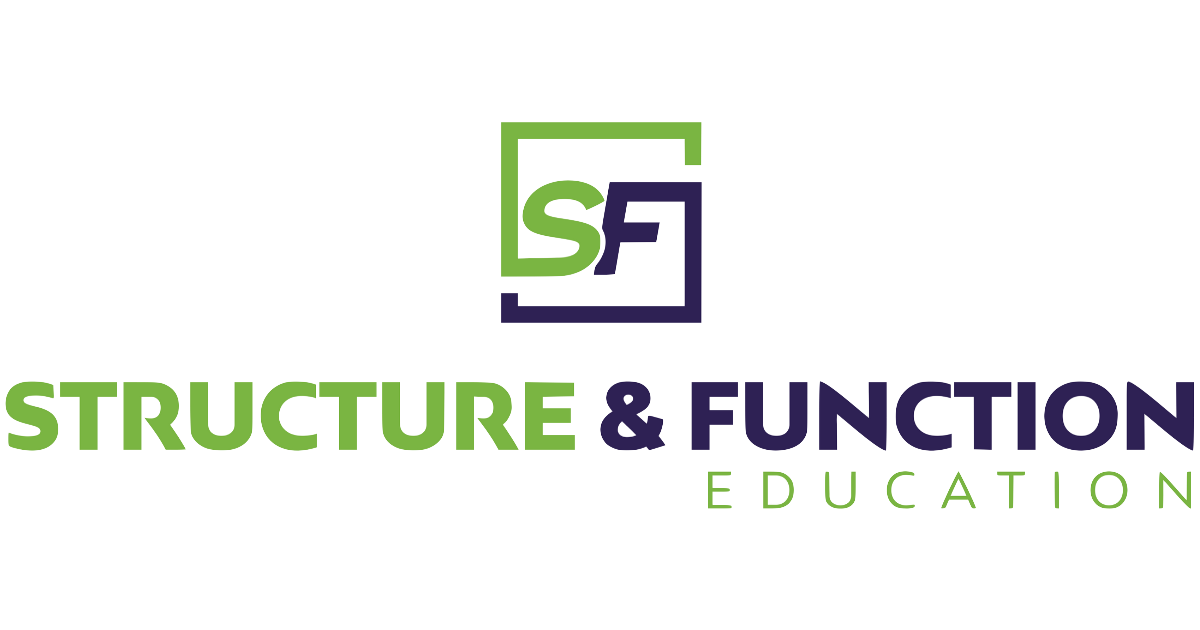The Vital Role of Informed Consent in Therapy
Empowering Patients and Therapists
Informed Consent
Informed consent is a fundamental ethical and legal concept in healthcare. It is a process that empowers patients by providing them with comprehensive information about their medical treatments or interventions, allowing them to make informed decisions regarding their care. In the context of therapy, informed consent is equally crucial. This blog explores the importance and necessity of informed consent for patients and therapists, shedding light on its significance in promoting patient autonomy, ensuring ethical practice, and mitigating potential legal risks. We will draw upon relevant literature and ethical principles to support these arguments.
The Basis of Informed Consent: Patient-Centered Care
Modern healthcare is built on the principle of patient-centered care, which emphasizes the significance of treating patients as active participants in their treatment. Since informed consent adheres to the fundamental tenets of autonomy, respect, and shared decision-making, it is crucial to patient-centered care.
- Autonomy: Giving informed permission supports and respects a patient’s right to autonomy. Freedom indicates that people can decide what happens in their lives, including how they will be treated. By giving them the knowledge they need to make decisions that align with their beliefs, preferences, and objectives, informed consent gives patients more control.
- Respect: Respecting patients as individuals means respecting their right to make informed choices about their healthcare. Informed consent acknowledges the patient’s right to be informed about the risks, benefits, and alternatives associated with a proposed treatment or intervention. This respect fosters trust between patients and healthcare providers.
- Shared Decision-Making: Informed consent fosters shared decision-making, where patients and healthcare providers collaborate to determine the most suitable action. This approach promotes better patient outcomes by tailoring treatment plans to the individual needs and preferences of the patient.
Empowering Patients Through Information
Informed consent involves providing patients with relevant information clearly and comprehensively. This information typically includes the nature of the proposed treatment, potential risks and benefits, available alternatives, and the expected outcomes. By ensuring that patients have access to this information, Therapist’s empower them in several ways:
- Enhanced Understanding: Patients receiving comprehensive information about their treatment are more likely to understand their condition and the recommended interventions better. This understanding enables them to engage in their rehabilitation process actively.
- Informed Decision-Making: Informed patients can make decisions that align with their values and preferences. For example, a patient who fears needles may opt for an alternative treatment that does not involve injections if they know the choice.
- Reduced Anxiety: Knowing what to expect during therapy can reduce anxiety and fear associated with medical procedures. This, in turn, can positively impact the patient’s overall experience and compliance with treatment.
- Increased Trust: Transparent information and communication builds trust between patients and therapists. Patients are more likely to trust healthcare providers who respect their autonomy and provide them with accurate and unbiased information.
Ethical Considerations in Informed Consent
Ethical principles play a vital role in shaping the practice of informed consent in our practices. Healthcare providers must adhere to a set of ethical standards to ensure that the informed consent process is conducted in a morally responsible manner.
- Full Disclosure: Ethical guidelines require therapists to disclose all relevant patient information. This includes candidly discussing the treatment options, potential risks, benefits, and alternatives.
- Voluntariness: Patients must provide their consent voluntarily, without coercion or manipulation. Therapists should clarify that patients can refuse treatment or seek a second opinion.
- Comprehensibility: Information provided during the informed consent process should be presented so the patient can understand. Therapists must consider language barriers, cognitive impairments, or other comprehension factors.
- Continuous Consent: Informed consent is not a one-time event but an ongoing process. Patients should be able to ask questions, seek clarification, and update their decisions as their understanding of their condition evolves.
Legal Implications of Informed Consent
In addition to its ethical significance, informed consent has crucial legal implications. Failure to obtain informed consent can expose healthcare providers to legal consequences, including malpractice claims.
- Protection Against Malpractice Claims: Informed consent is a legal safeguard for therapists. It demonstrates that the therapist provided adequate information to the patient, reducing the likelihood of claims alleging negligence or lack of informed decision-making.
- Documentation: Proper documentation of the informed consent process is essential. This documentation includes written consent forms, notes on discussions with the patient, and any signed documents indicating the patient’s agreement or refusal of treatment.
- Scope of Practice: Therapists must ensure they stay within their practice range when obtaining informed consent. Therapists should only propose treatments and interventions within their training and expertise.
- Legal Obligation to Inform: Laws governing various jurisdictions require healthcare providers, including therapists, to inform patients about the nature of treatments, potential risks, and alternatives. Failure to comply with these legal obligations can result in legal repercussions.
Informed Consent Challenges in Therapy
While the concept of informed consent is well-established in healthcare, it has its challenges, especially in Therapy.
- Communication Barriers: Patients with limited English proficiency or hearing impairments may need help fully understanding the information provided during the informed consent process. Therapists must employ appropriate communication aids and interpreters to bridge these gaps.
- Cognitive Impairments: Patients with cognitive impairments, such as dementia, may have difficulty comprehending treatment options and making informed decisions. Therapists may need to work closely with the patient’s family or legal guardian in such cases.
- Emergency Situations: Obtaining informed consent may be challenging or impossible in emergencies. However, healthcare providers are still expected to act in the patient’s best interests and provide necessary care.
- Pediatric Patients: Informed consent for pediatric patients involves obtaining consent from parents or legal guardians. Ensuring parents or guardians understand the proposed treatment and its implications is vital.
- The Role of Education and Training
- To navigate the complexities of informed consent effectively, Therapists must receive proper education and training. This includes understanding informed consent’s legal and ethical aspects, communication skills, and cultural sensitivity. Furthermore, ongoing education is essential to inform therapists about updates and changes in healthcare regulations and ethical guidelines.
Informed Consent in Dry Needling
A recently published article by Ickert et al. focused on the informed consent process and dry needling. They discuss the informed consent process and attempt to determine the elements and framework for an Informed Consent (IC) risk of harm statement to improve patient education and decision-making. They used four groups, legal experts, policy experts, dry needling experts, and patients, to determine the most essential things to include on an informed consent for dry needling form. They determined the risk of harm statement should include identifying risks and discomforts, identifying different sensations, and using classification to order risks by severity. Consensus was achieved with a percent agreement of ≥ 80%. The constructed risk of harm statement had a reading level of grade 7 and provided a list of stratified risks associated with dry needling. If you want to see this article, you can find it here. This is an interesting approach and is similar to the one created for acupuncture that I enjoy using so much that was developed by Witt et al. In their article, they have a nice table you can use as a foundation for a quality informed consent form. You can check that out here.
Conclusion
Informed consent is a cornerstone of ethical and patient-centered care in therapy It empowers patients, respects their autonomy, and facilitates shared decision-making. Furthermore, it protects therapists legally and ensures patients receive treatments that align with their values and preferences. However, communication barriers and emergency situations must be addressed thoughtfully. By upholding the principles of informed consent, therapists can provide the best possible care while respecting the dignity and autonomy of their patients. Therapists must continue to educate themselves about the ethical and legal aspects of informed consent to ensure the highest standards of care. I hope you can use these two articles to help you shape and create a quality-informed consent form for your patients.
References
- American Physical Therapy Association. (2019). Guide for Professional Conduct.
Retrieved from https://www.apta.org/-/media/apta/files/standards/guideforprofessionalconduct.pdf. - Beauchamp, T. L., & Childress, J. F. (2019). Principles of biomedical ethics. Oxford University Press.
- Joint Commission on Accreditation of Healthcare Organizations. (2018). Informed Consent and the Role of the Attending Physician.
Retrieved from https://www.jointcommission.org/standards/standard-faqs/critical-access-hospital/informed-consent-and-the-role-of-the-attending-physician-faqs/ - [Pubmed Link] Ickert, Edmund C., David Griswold, Ken Learman, and Chad Cook. “Creation of a Risk of Harms Informed Consent Form for Dry Needling: A Nominal Group Technique.” Musculoskeletal Science and Practice 66 (August 2023): 102778. https://doi.org/10.1016/j.msksp.2023.102778.
- [Pubmed Link] Witt, Claudia M., Daniel Pach, Benno Brinkhaus, Katja Wruck, Brigitte Tag, Sigrid Mank, and Stefan N. Willich. “Safety of Acupuncture: Results of a Prospective Observational Study with 229,230 Patients and Introduction of a Medical Information and Consent. https://doi.org/10.1159/000209315.





